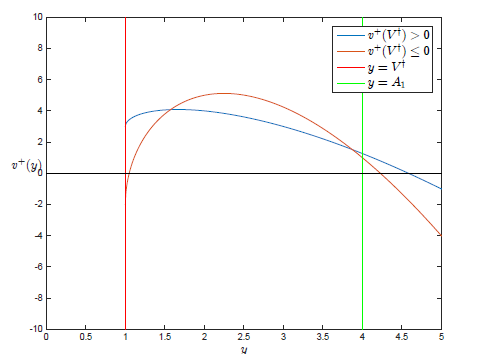Systemic Risk: The Dynamics under Central Clearing
Published: May 7, 2015
This paper develops a model for concentration risks that clearing members pose to central counterparties. Over time, larger clearing members crowd out smaller clearing members. Systemic risk is created because high clearing member concentration results in relatively lower lending, higher cost of capital, and increasingly costly hedging. To address this risk, the paper proposes a self-funding systemic risk charge. (Working Paper no. 15-08)
Abstract
We develop a tractable model to resemble asset value processes of financial institutions trading with the central clearinghouse for risk mitigating purposes. Each institution allocates assets between its loan book and the account used to trade with the central clearinghouse. We show that a unique equilibrium allocation profile arises when institutions adjust trading positions to perfectly hedge risk stemming from their loan books. We then analyze the dynamic equilibrium path. As a regulatory monitoring tool, our model shows a buildup of systemic risk, manifested through the increase of market concentration, whose negative size externalities can be internalized via a self-funding systemic risk charge mechanism. We provide new testable predictions, including that (i) the volatility of the traded portfolio of a member can be forecasted by the collective capital committed by all others, (ii) hedging becomes increasingly costly for an institution as its asset value increases, (iii) market shocks have smaller impact on allocation decisions than operational shocks.
